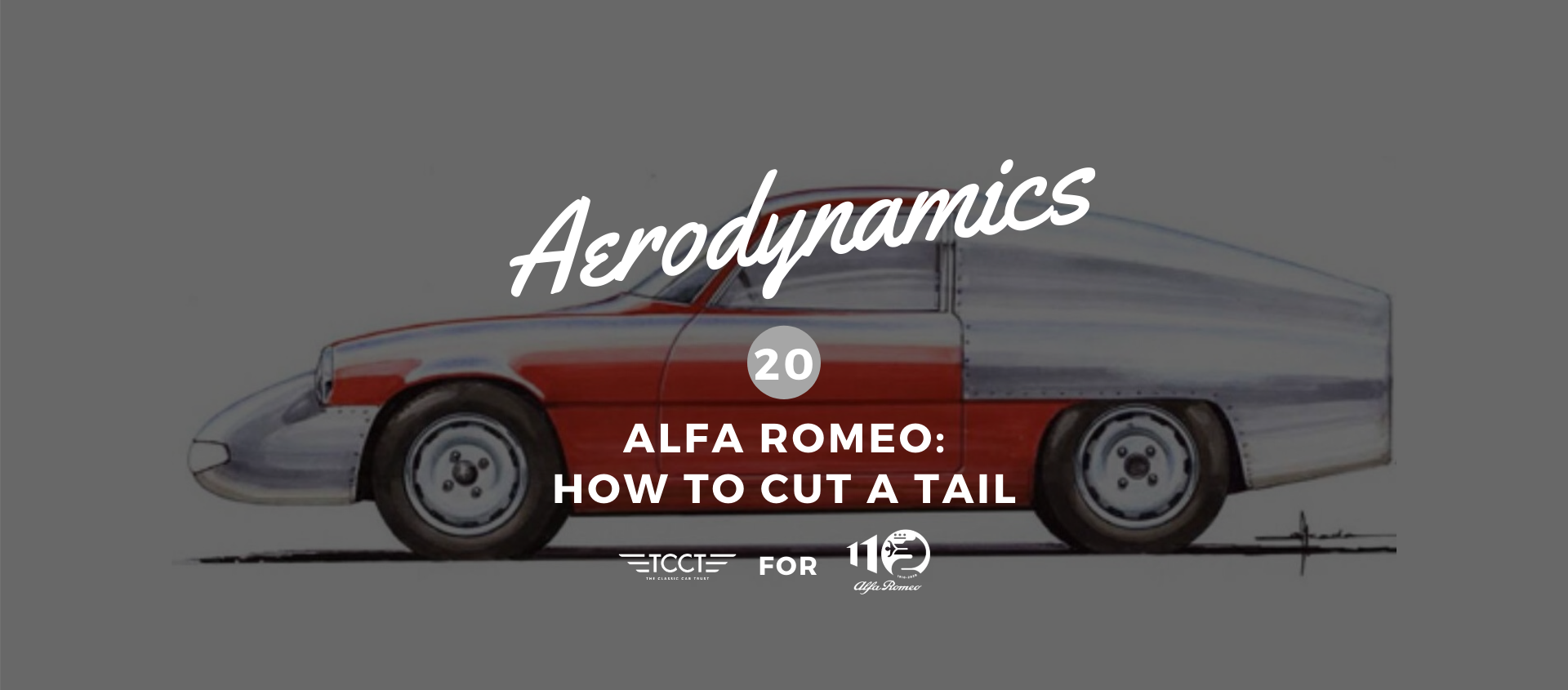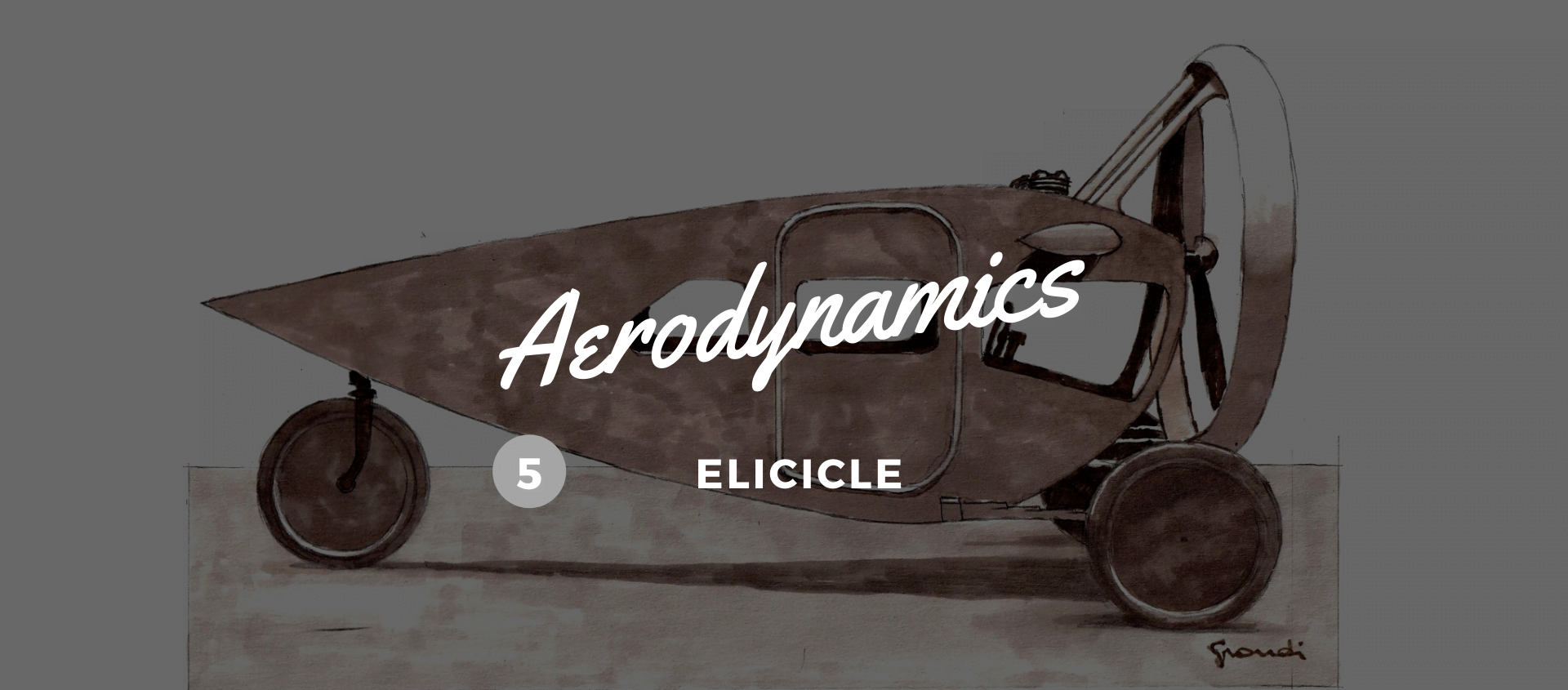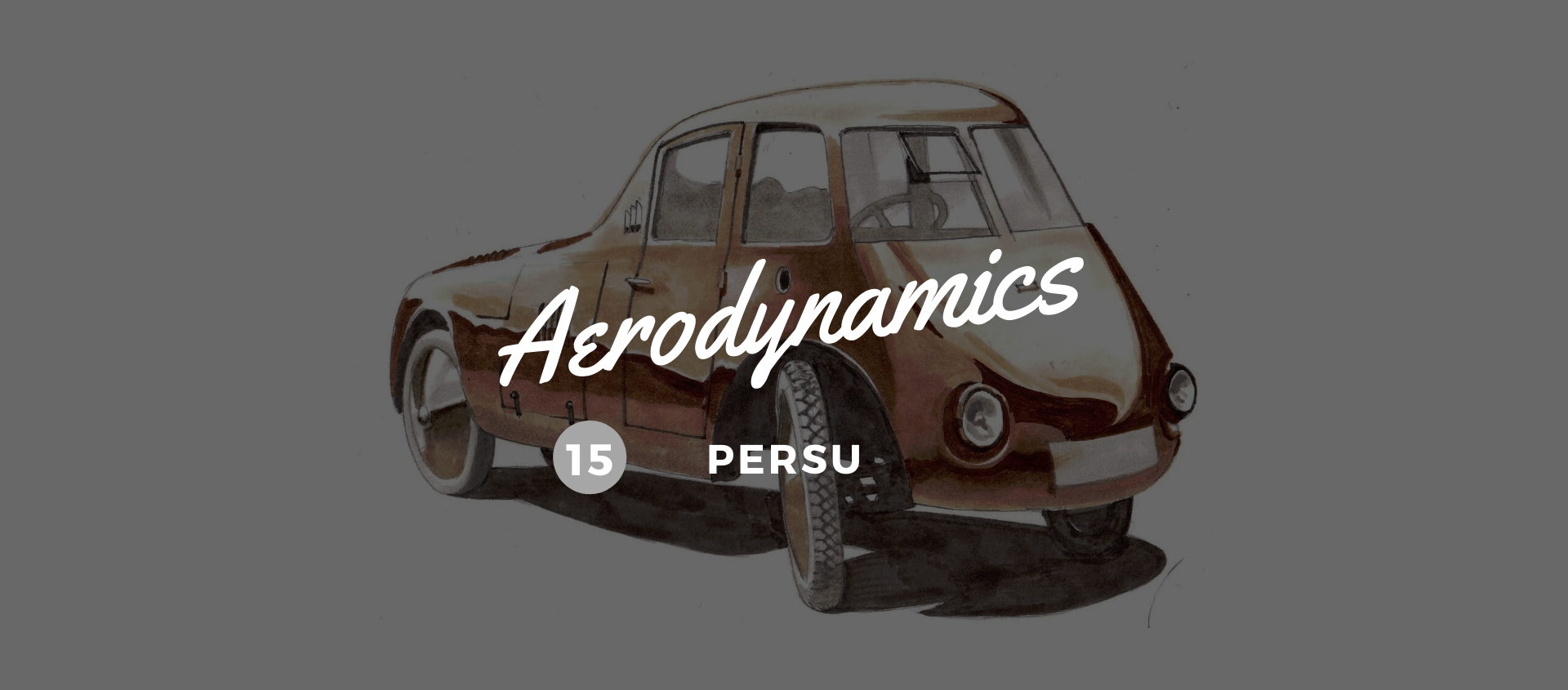How to cut a tail
22 June 2020 1 min read 4 images

“The Weapon of Victory” is how the magazine Auto Italiana celebrated the newly-created Alfa Romeo Giulietta SZ Coda Tronca in March 1962, a car created from experimental trials as well as “shape and function” needs, which are the peculiar traits of Zagato’s DNA. The Alfa Romeo SZ Coda Tonda (Rounded tail) was the starting point of the development of the Alfa SZ Coda Tronca (“Kamm tail”).
Register to unlock this article
Signing up is free and gives you access to hundreds of articles and additional benefits. See what’s included in your free membership. See what's included in your free membership.
Already have an account? Log In


